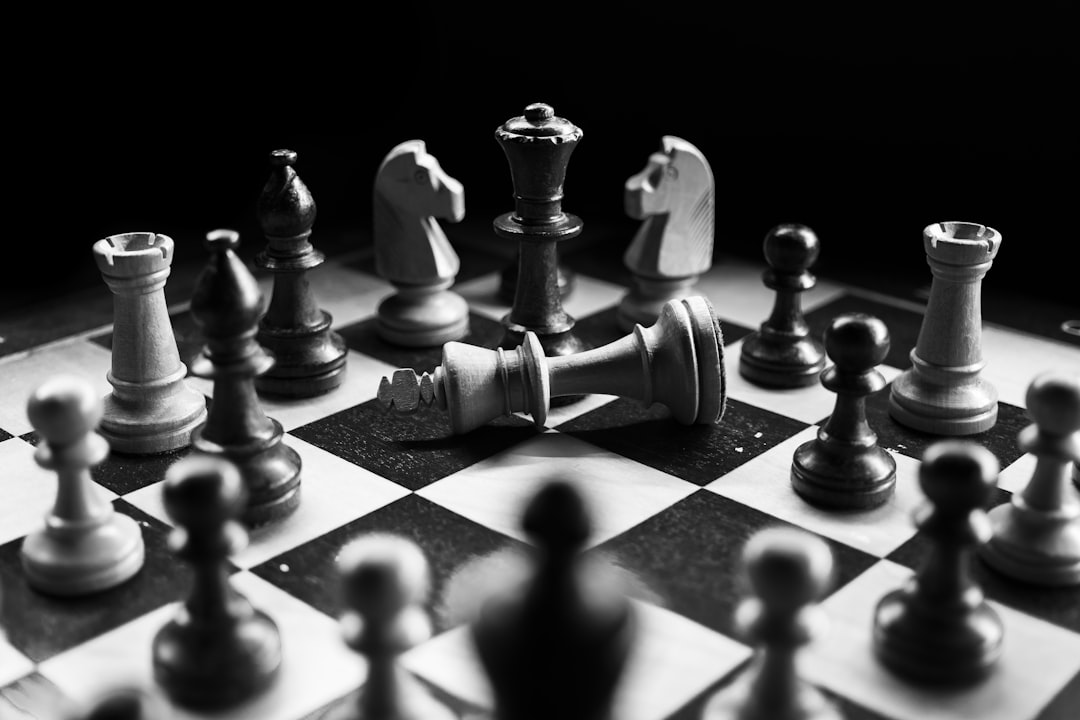When it comes to my phone, I struggle with self-control. In the wake of the pandemic, when we were all scrolling more than ever in quarantine, I decided to take a more proactive approach to limiting my screen time. Using Android’s Digital Wellbeing tool (the equivalent of Screen Time on iPhone), I created strict timers for my most addictive apps.
The time limits are surprisingly effective. When I reach my daily limit for a particular app, Digital Wellbeing force closes the app, greys out its icon on my home screen, and pauses all notifications from the app until the next day. Undoing a limit requires navigating deep into the settings of my phone, an intentionally cumbersome process that gives me ample time to reconsider why I want to circumvent a limit I created for myself.
Until recently, all my Digital Wellbeing targets were conventional social media apps like TikTok, Twitter, and YouTube — apps carefully craft…
Keep reading with a 7-day free trial
Subscribe to I've Ben Thinking to keep reading this post and get 7 days of free access to the full post archives.




